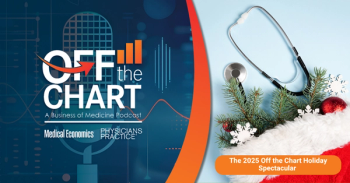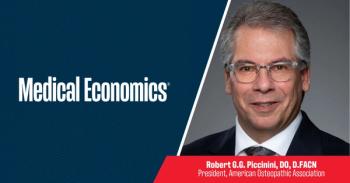
The federal government is targeting 7-OH without presenting the evidence
HHS, RFK have called for a sweeping ban on 7-OH — without public data, confirmed fatalities, or expert input.
The U.S. Department of Health and Human Services (HHS) and the Food and Drug Administration (FDA) announced their intent to initiate scheduling of 7-hydroxymitragynine (7-OH), a kratom-derived compound, under the Controlled Substances Act. On July 29, officials suggested
Such a move would have
Introducing kratom and 7-OH
Kratom (Mitragyna speciosa) is a tropical plant native to Southeast Asia, traditionally used to relieve pain and combat fatigue. Its primary alkaloid, mitragynine, is metabolized in the body into 7-OH, a more potent compound thought to play a significant role in kratom’s analgesic effects. Today, 7-OH is also sold directly in isolated, low-dose form in several states. Though not yet FDA approved, many of these products are voluntarily tested by third-party labs and subject to quality standards under current Good Manufacturing Practices. According to
At the HHS press conference, officials raised general concerns about addiction and unregulated substances but did not cite any study, data set or adverse event report specific to 7-OH. When asked whether even a single death could be attributed to 7-OH, they declined to answer. The featured consumer advocate warned against the compound but acknowledged she had never used it and was relying on secondhand reports from a vape store clerk who said he had heard things from others.
This raises serious questions about the evidentiary basis for such a significant regulatory action.
What is the danger?
According to the FDA’s own Adverse Event Reporting System (FAERS), there have been
By contrast,
One possible explanation may lie in industry dynamics. Certain trade associations representing kratom manufacturers
Early findings
Meanwhile, emerging preclinical research is beginning to define 7-OH’s pharmacological characteristics. An
These findings are early stage and not a substitute for clinical trials. More research is needed to fully assess 7-OH’s risks, including its potential for misuse, dependence or drug-drug interactions. But they do not support the claim that 7-OH is an imminent threat to public health.
To be clear, 7-OH is a potent compound. But potency alone does not justify prohibition. Alcohol, benzodiazepines and prescription opioids are far more dangerous and remain legally available under strict regulation. The proper response to uncertainty is research and oversight: not bans.
Speculation or science?
Schedule I classification is intended for substances with no medical value, high abuse potential and no margin of safety. It imposes the highest regulatory burden under U.S. law, makes further research difficult, and criminalizes access to the substance entirely. Applying that label to 7-OH at this stage would cut off regulated production, force use into unmonitored markets, and potentially push patients back toward more dangerous options, including opioids like heroin and fentanyl that have killed nearly 100,000 annually for years.
This is not a decision that should be made without rigorous public evidence and broad expert input. Physicians, toxicologists, addiction researchers and pharmacologists deserve a role in shaping policy on emerging compounds like 7-OH. Premature scheduling risks setting public health back by substituting speculation for science.
This issue is especially relevant for primary care physicians, many of whom may not be familiar with 7-OH. That knowledge gap matters. In past decades, physicians were too often misled about the risks of prescription opioids, contributing, through no fault of their own, to the crisis we now face. Today, doctors deserve clear, evidence-based guidance on emerging compounds like 7-OH, including how they interact with other medications, how patients use them, and what warning signs to look for. Frontline providers need accurate information to give informed advice and build trust with patients.
That’s why the stakes of this decision are so high. If HHS and FDA have data to support the claim that 7-OH poses an imminent danger, they should release them. If they do not, they should pause and allow for a transparent scientific dialogue before taking irreversible action.
Jeff Smith, PhD, is the national policy director for the
Newsletter
Stay informed and empowered with Medical Economics enewsletter, delivering expert insights, financial strategies, practice management tips and technology trends — tailored for today’s physicians.








